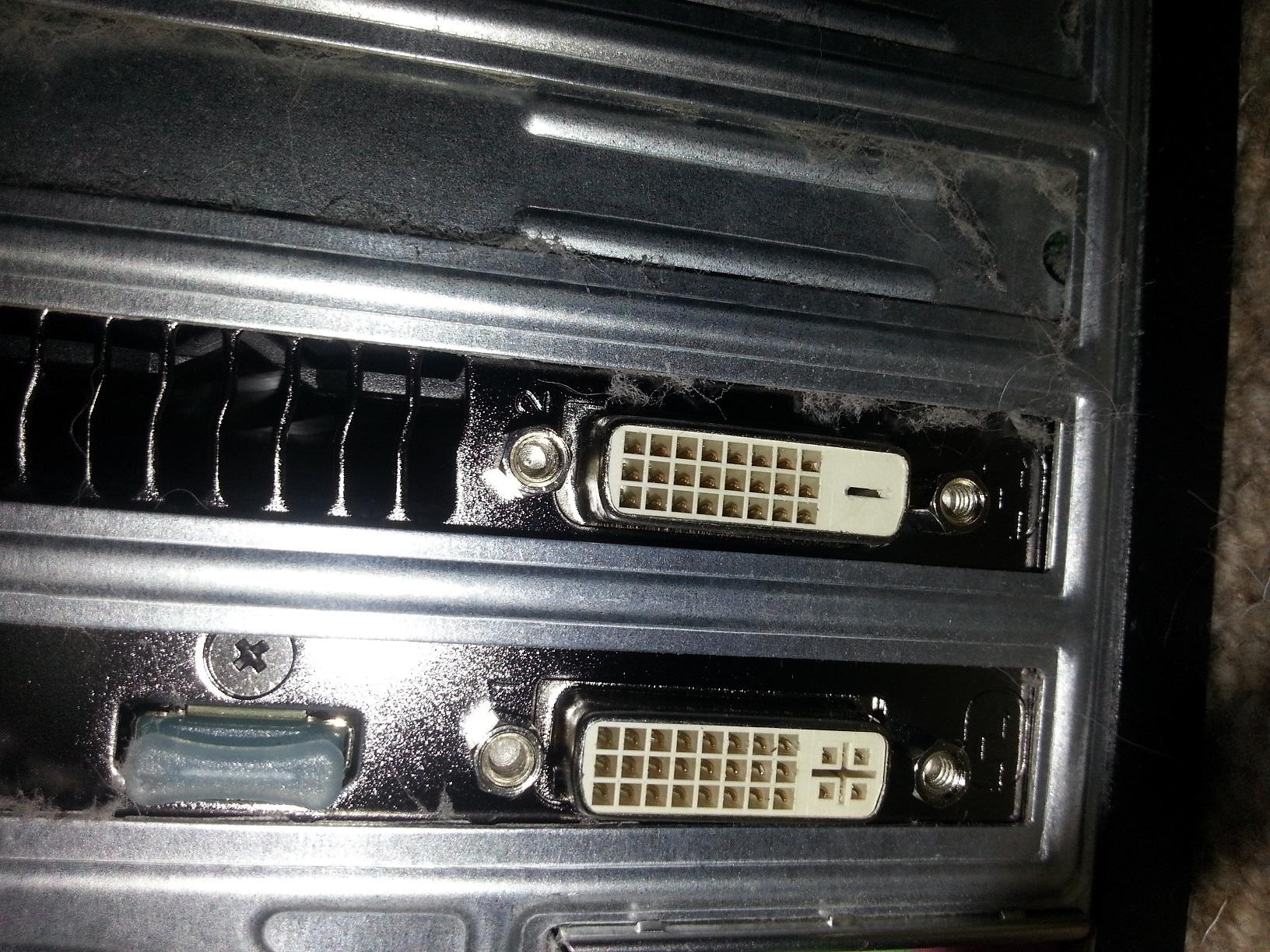graphics Cards with DVI Ports: A Comprehensive Guide
In the world of computer displays, the Digital Visual Interface (DVI) port has been a reliable workhorse for many years. While newer technologies like HDMI and DisplayPort have gained prominence, DVI still holds a special place for its robustness and compatibility with a wide range of monitors. This article delves into the world of graphics cards equipped with DVI ports, exploring their features, benefits, and considerations for various users.
Understanding DVI
DVI is a video display interface developed by the Digital Display Working Group (DDWG). It was designed to transmit digital video signals, offering superior image quality compared to older analog standards like VGA. DVI comes in several variations, each with its own capabilities:

DVI-A: This type carries only analog signals, essentially making it compatible with VGA. It’s rarely seen in modern graphics cards.
Why Choose a Graphics Card with DVI?
Despite the emergence of newer display technologies, DVI ports still offer several advantages:
Reliability: DVI connectors are known for their sturdy construction and secure connection, making them less prone to accidental disconnections.

Factors to Consider When Choosing a Graphics Card with DVI
When selecting a graphics card with a DVI port, consider the following factors:
DVI port type: Determine whether you need a DVI-D (digital only) or DVI-I (digital and analog) port based on your monitor’s input.
Popular Graphics Cards with DVI Ports
Here are some popular graphics cards that offer DVI ports, catering to different needs and budgets:
For casual use and older monitors:
For gamers and content creators:
For professionals and multi-display setups:
Connecting Your Monitor to a Graphics Card with DVI
Connecting your monitor to a graphics card with DVI is a straightforward process:
1. Identify the DVI port on your graphics card and monitor.
2. Connect the DVI cable to both the graphics card and the monitor.
3. Secure the cable with the screws on the connectors.
4. If necessary, use a DVI to VGA adapter to connect an older VGA monitor.
Troubleshooting DVI Connection Issues
If you encounter issues with your DVI connection, try the following troubleshooting steps:
Check the cable: Ensure the DVI cable is securely connected at both ends. Try a different cable if possible.
The Future of DVI
While DVI has been a reliable standard, it’s gradually being phased out in favor of newer technologies like HDMI and DisplayPort. However, DVI ports are still commonly found on many graphics cards, especially those targeting budget-conscious users or those with older monitors.
Conclusion
Graphics cards with DVI ports continue to be a relevant option for many users, offering a balance of reliability, compatibility, and affordability. Whether you’re a casual user with an older monitor or a gamer seeking a budget-friendly solution, there’s a graphics card with DVI that can meet your needs. By understanding the different types of DVI ports, considering your specific requirements, and exploring the available options, you can choose the perfect graphics card to enhance your visual experience.
Remember to always check the specifications of the graphics card and your monitor to ensure compatibility before making a purchase. With the right choice, you can enjoy a seamless and high-quality display experience with your DVI-equipped graphics card.
graphics card with dvi port
